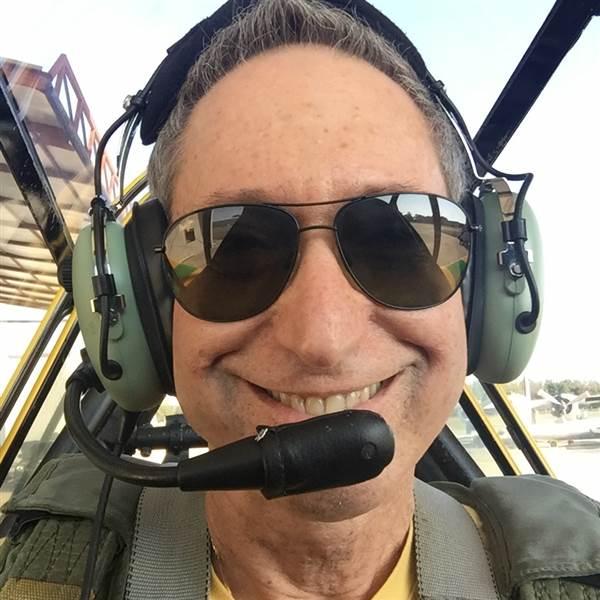The pharmaceutical industry has given the world’s patient population medications that save people’s lives, slow the progression of disease, eradicate an infection, increase quality of life and overall help folks feel better. The saying, “It comes at a cost,” fits newly released medications like a glove. The costs incurred by the drug companies are very complex and difficult to interpret because of the confidentiality of research.
Much of the out-of-pocket costs to conduct clinical trials, discovery of the chemical that will become a medication, and laboratory study costs are added to the overall price. The prices of medications to the consumer are based upon Research and Development (R&D) costs. The cost is not based on the benefits and value the medication gives to the consumer. This is an important point to understand.
The pharmaceutical industry is in a very high stakes, high risk and long-term commitment to bring new drugs to market. An article(Herper, Mathew, 11 August 2013, “The Cost of Creating A New Drug Now $5 Billion, Pushing Big Pharma to Change.”)noted that Forbes Magazine, Big Pharma and the Healthcare industry did a study of 98 pharmaceutical companies over a 10 year period and found that the average cost per drug developed and approved by a single company was around $350 million. It was also found that pharmaceutical companies who had 8-13 FDA approved medications over a 10 year period, were spending about $ 5.5 billion
Let us take a stroll down the path of getting a medication to market. We will call our medication: Larryroxalandin. The first step will be the discovery/preclinical phase where Larryroxalandin will be studied in the laboratory and in animals for biological activity, how is it going to be delivered (tablet, patch, capsule, intravenous or suppository) and is it safe for human use. This process will take about 6.5 years.
Next comes Phase I trials, where it will be studied in 20 – 100 healthy human volunteers for safety, how it is broken down (metabolized), eliminated from the body, and dose of the medication. This will take about 1.5 years.
Phase II trials will study 100 – 500 patient volunteers and evaluate the effectiveness of multiple dose amounts and how often Larryoxalandin should be given to patient. For example, will it be given x milligrams once a day or more times per day? The medication side effects that pop up will be reported during the Phase II trial that takes about 2 years.
The Phase III trial for Larryroxalandin will include thousands to tens of thousand patients with the disease state the medication will be indicated for if approved for use. The study will compare standard care (the placebo group) vs. standard care plus the study medication. There are inclusion and exclusion criteria for each patient volunteer. Larryroxalandin does its thing and gets eliminated out of the body through the kidneys. The exclusion criteria will be that there cannot be any patients enrolled in the trial that have bad kidneys. I call these “Top Gun,” trials. Remember when Viper came into the room and saw Maverick, Goose and Iceman and said, “You are the best of the best and we are here to make you better.” The trials are set up with inclusion and exclusion criteria for enrollment into the trial of “the best of the best” patient volunteers with the disease state the medication will be indicated for.
Phase III trials will confirm effectiveness of the medication, monitor adverse reactions, and evaluate the effects on the study population that gets the medication. Phase III will go for 3-5 years. The pharmaceutical company will then submit to the FDA as a New Drug Application all the data from all the studies they have done. The FDA will go over all the data and then evaluate it for safety and effectiveness. It is then put to a vote for final approval. Only 5 out of 5,000 compounds will make it to human testing and out of the 5 medications, only ONE will be approved for patients. The whole process can take 12-15 years to reach market.
There is post-marketing data collected by the pharmaceutical industry called Phase IV trials, which evaluates effectiveness and safety of the new medications using big patient databases like the Department of Defense. There is a huge amount of safety, efficacy and side effect data available to the healthcare providers once the medication comes to market.
The FAA has a policy of not allowing a newly released medication to be considered safe for the aviation community to use for at least a year after approval by the FDA. The thought is the FAA wants a more complete evaluation of the medication benefits and side effects before allowing it to be used by pilots. I have done some investigation into medications released in the U.S.that were taken off the market due to adverse side effects or causing harm. Since 1970, thirty-five medications have been removed from the market. The average time each medication had been used by patients is 11.6 years. Only 7 out of 35 medications (20%) were taken off the market in less than 1 year.
You have two agencies looking out for your medication good, the FDA and the FAA. The big questions for aviators will be is it on the “Safe to Use Medication list”, can you afford it, and will your insurance company pay for it? The lifespan of a brand name medication is 20 years from the filing of the patent. After 20 years the brand name medication can become “a generic.” Once generic, the cost of the medication will usually drop dramatically. I am a huge generic medication proponent for the pilot/patient. Generics are affordable and work just as well as the brand name medications. I always recommend to all my pilot friends that if they need to be on a medication chronically that they ask if there is a generic form of the prescribed medication.






